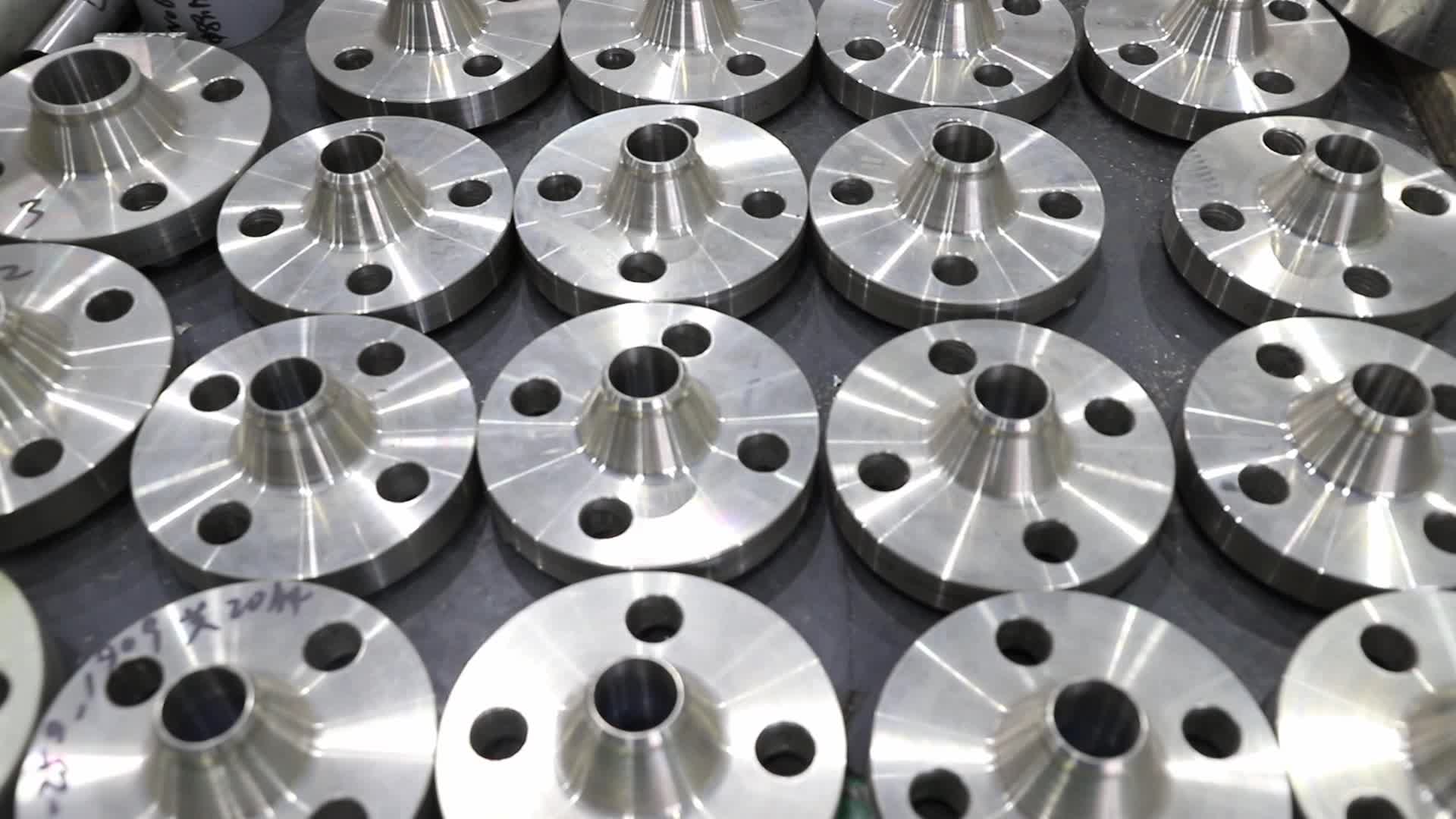Inconel 600 and Inconel 625 are popular nickel-based alloys known for their exceptional resistance to high temperatures and corrosion.
When choosing between Inconel 600 and Inconel 625 flanges, several factors should be considered to determine which is right for your specific application. Let’s compare these two materials based on their properties and common use cases:
Inconel 600 Flanges:
- Composition: Inconel 600 is primarily composed of nickel (72%), chromium (14%), and iron (6%). It also contains small amounts of other elements like copper and manganese.
- Temperature Resistance: Inconel 600 is suitable for high-temperature applications, with a maximum operating temperature of around 1,200°C (2,200°F). It maintains its mechanical properties at elevated temperatures, ideal for furnace components and heat exchangers.
- Corrosion Resistance: Inconel 600 offers excellent corrosion resistance, especially in environments with sulfur compounds. It is often used in chemical processing and petrochemical industries.
- Strength: It has good mechanical strength and is readily formed and welded, making it versatile for various applications.
Inconel 625 Flanges:
- Composition: Inconel 625 has a higher nickel content (58%) and contains significant amounts of chromium (21.5%), molybdenum (9%), and niobium (3.6%). It also includes smaller quantities of iron, tantalum, and aluminium.
- Temperature Resistance: Inconel 625 is designed for extreme temperature environments and can withstand temperatures up to 1,093°C (2,000°F). It is often used in extreme heat applications, such as jet engine exhaust systems.
- Corrosion Resistance: Inconel 625 provides superior resistance to various forms of corrosion, including pitting, crevice corrosion, and stress-corrosion cracking. This makes it suitable for offshore and marine applications.
- Strength: It has excellent tensile strength and fatigue resistance, making it suitable for high-stress applications like aerospace components.
Choosing the Right Alloy for Your Application:
- Temperature Requirements: If your application involves extremely high temperatures, Inconel 625 might be the better choice due to its superior heat resistance.
- Corrosion Environment: Consider the corrosive conditions your flanges will be exposed to. Inconel 625 is often favoured for more aggressive corrosion environments, while Inconel 600 is suitable for many general-purpose applications.
- Mechanical Strength: If high mechanical strength is crucial, Inconel 625 may be preferred.
- Cost: Inconel 600 is generally more cost-effective than Inconel 625, so budget considerations may influence your choice.
In conclusion, the selection between Inconel 600 and Inconel 625 flanges depends on the unique requirements of your application, including temperature, corrosion resistance, and mechanical strength. Consulting with materials experts or engineers can help you make the best choice for your specific needs.

